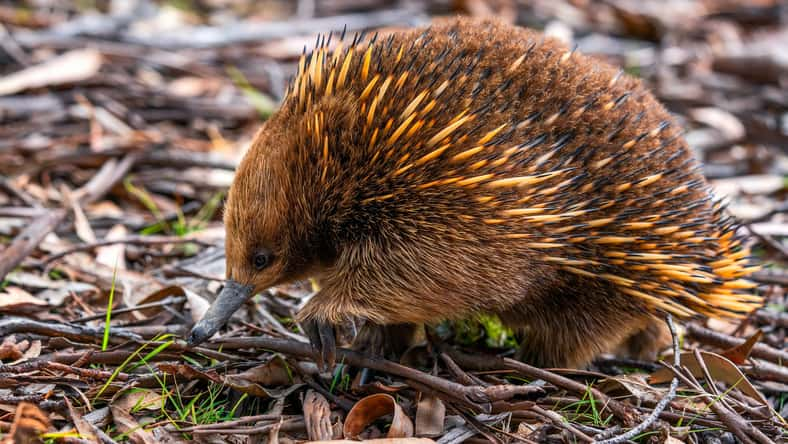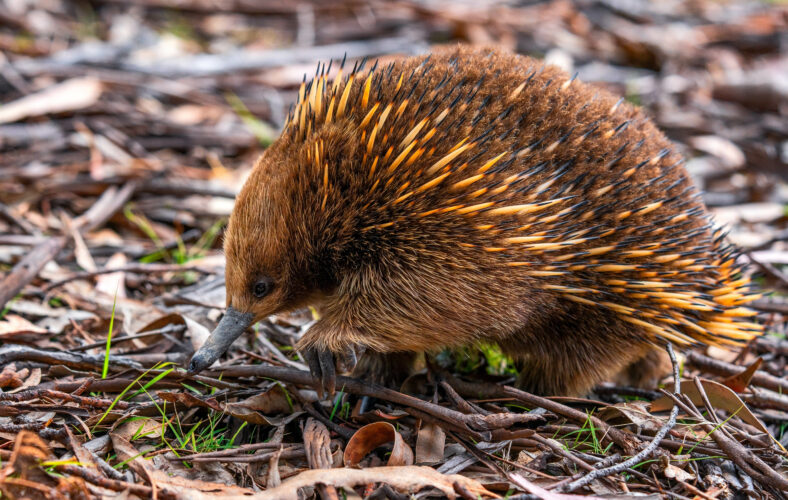A Tiny Fossil Could Rewrite What We Know About Echidna And Platypus Evolution

Thirty years ago, a small bone was discovered at Dinosaur Cove in southeastern Australia. The find could reshape the current knowledge about the evolution of echidnas and platypuses.
Until now, it was understood that these egg-laying mammals were descended from a land-dwelling ancestor. The platypus ancestors eventually became semiaquatic, but the echidnas stayed on land.
However, a new analysis of a humerus bone has suggested that echidnas and platypuses evolved from a water-dwelling ancestor.
There are about 30 instances where mammals went from living on land to living wholly or partly in water. This can be seen in dolphins, whales, seals, dugongs, otters, walruses, and beavers. But mammals evolving in the opposite direction, from water to land, has been unheard of.
“We’re talking about a semiaquatic mammal that gave up water for a terrestrial existence, and while that would be an extremely rare event, we think that’s what happened with echidnas,” said Suzanne Hand, the lead author of the study and a professor at the University of New South Wales.
The humerus bone was found in Victoria in the early 1990s. The humerus is the upper arm bone between the shoulder and elbow. It is the only known bone that belongs to the extinct species Kryoryctes cadburyi, which was named in 2005.
On the surface, the humerus looked more like those found in echidnas than platypuses, so some scientists thought it may have been an ancestor of modern echidnas.
But others suggested it was an early common ancestor to both the platypus and echidna. The team examined the fossil, using scanning techniques to look into its internal structure.
“While the external structure of a bone allows you to directly compare it with similar animals to help work out the animal’s relationships, the internal structure tends to reveal clues about its lifestyle and ecology,” said Hand.

Sign up for Chip Chick’s newsletter and get stories like this delivered to your inbox.
“So the internal structure doesn’t necessarily give you information about what that animal actually is, but it can tell you about its environment and how it lived.”
Around 108 million years ago, Kryoryctes cadburyi lived in southern Victoria during the Age of Dinosaurs. When the researchers looked at the internal structure of the humerus bone, they saw that it did not match the light bones of echidnas.
It is more similar to the internal bone structure of platypuses, which has thick bone walls. Their heavy bones help them dive and forage for food.
The analysis adds to mounting evidence that echidnas started off as semiaquatic animals. At some point, echidnas moved onto land, and their bones became lighter.
It’s unclear when exactly this happened because the fossil record of echidna and platypus ancestors is so sparse.
Moving forward, the team plans to examine the microscopic anatomy of the humerus bone. The research was published in the Proceedings of the National Academy of Sciences.
More About:News





